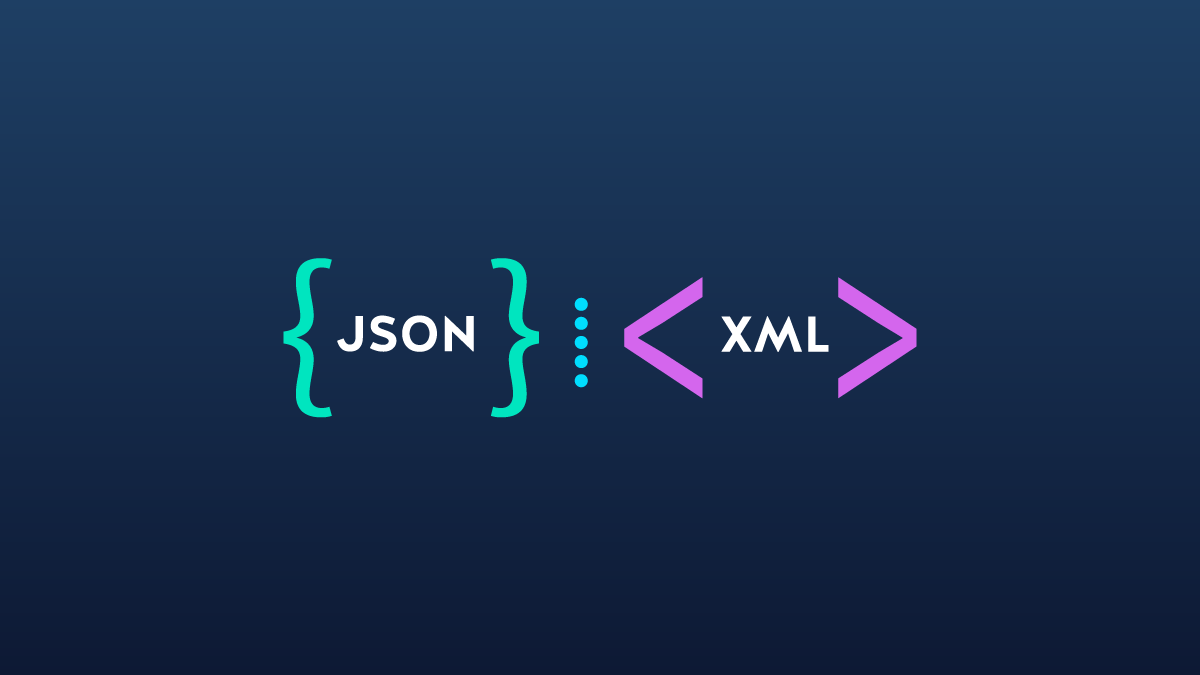Content negotiation is a key facet of REST that empowers clients and servers to agree on the format and language of data exchanged. It enables diverse systems to work seamlessly together.
Let us unravel the intricacies of content negotiation within RESTful APIs.
1. The Need of Content Negotiation
Generally, the REST resources can have multiple presentations, mostly because there may be different clients expecting different representations. However, to ensure efficient communication, both clients and servers must agree on how these resources should be represented and delivered.
Asking for a suitable presentation, when there are multiple possible representations, by a client is referred to as content negotiation.
HTTP has provisions for several mechanisms for “content negotiation” — the process of selecting the best representation for a given response when there are multiple representations available.
— RFC 2616
2. Server-driven vs. Agent-driven Content Negotiation
If the selection of the best representation for a response is made by an algorithm located on the server, it is called server-driven negotiation. If that selection is made on the agent or client side, it is called agent-driven negotiation.
Practically, we will NOT find much usage of server-side negotiations because, in that way, we have to make a lot of assumptions about the client’s expectations. For example, a few things like the client context or how the client will use the resource representation are almost impossible to determine. Also, the server-driven negotiation makes the server-side code more complex, unnecessarily.
So, most REST API implementations rely on agent-driven content negotiations. Agent-driven content negotiation depends on the usage of HTTP request headers or resource URI patterns.
2.1. Content Negotiation using HTTP Headers
On the server side, an incoming request may have an entity attached to it. To determine its type, the server uses the HTTP request header ‘Content-Type‘. Some common examples of content types are “text/plain“, “application/xml“, “text/html“, “application/json“, “image/gif“, and “image/jpeg“.
Content-Type: application/jsonSimilarly, to determine what type of representation is desired on the client side, an HTTP header ‘ACCEPT‘ is used. It will have one of the values mentioned for Content-Type above.
Accept: application/jsonGenerally, if no Accept header is present in the request, the server can send a pre-configured default representation type.
Implementing
Acceptheader based content negotiation is the most used and recommened way.
2.2. Content Negotiation using URL Patterns
Another way to pass content type information to the server is that the client may use the specific extension in resource URIs. For example, a client can ask for details using:
http://rest.api.com/v1/employees/20423.xml
http://rest.api.com/v1/employees/20423.jsonIn the above case, the first request URI will return an XML response while the second request URI will return a JSON response.
3. Defining Preferences
It is possible to have multiple values in Accept header using the ‘q’ parameter i.e. relative quality factor.
The client may want to provide multiple values in the accept header when the client is not sure if its desired representation is present or supported by the server at that time. [RFC 2296]
For example,
Accept: application/json,application/xml;q=0.9,*/*;q=0.8Above Accept header allows you to ask the server for a JSON format (first choice). If it can’t, perhaps it could return XML format (the second choice). If it’s still not possible, let it return what it can.
The preference order is defined through the q parameter with values from 0 to 1. When nothing is specified, the implicit default value is 1.
4. Summary
In the intricate world of RESTful APIs, content negotiation stands as a pillar of harmonious data exchange. From single media type requests to default representation and ‘q‘ parameter, understanding these negotiation techniques is key to achieving truly flexible and adaptable RESTful APIs.
Happy Learning !!

Comments